Looking for a complete beginners guide to being gluten-free? Look no further, as Charlotte Willis guides you through the science, supermarket aisles and social occasions in one fell swoop.
Dear my fellow gluten-adverse friends. Whether you’ve been diagnosed as coeliac, found yourself bloated and constipated after inhaling the entire bread basket at dinner, or you suspect that your digestive system has declared all-out war with gluten. I would like to welcome each one of you to a new chapter in your relationship with food.
A chapter which will see you transform from being mystified by your digestive difficulties, into a truly enlightened state of awareness. A chapter which will allow you to explore new and exciting flavours, textures and alternative ingredients, those which will nourish the body as opposed to fighting against it. But most of all, a chapter whose character journey will have both ups and downs along the path to discovering the most optimum and healthful diet you can achieve.
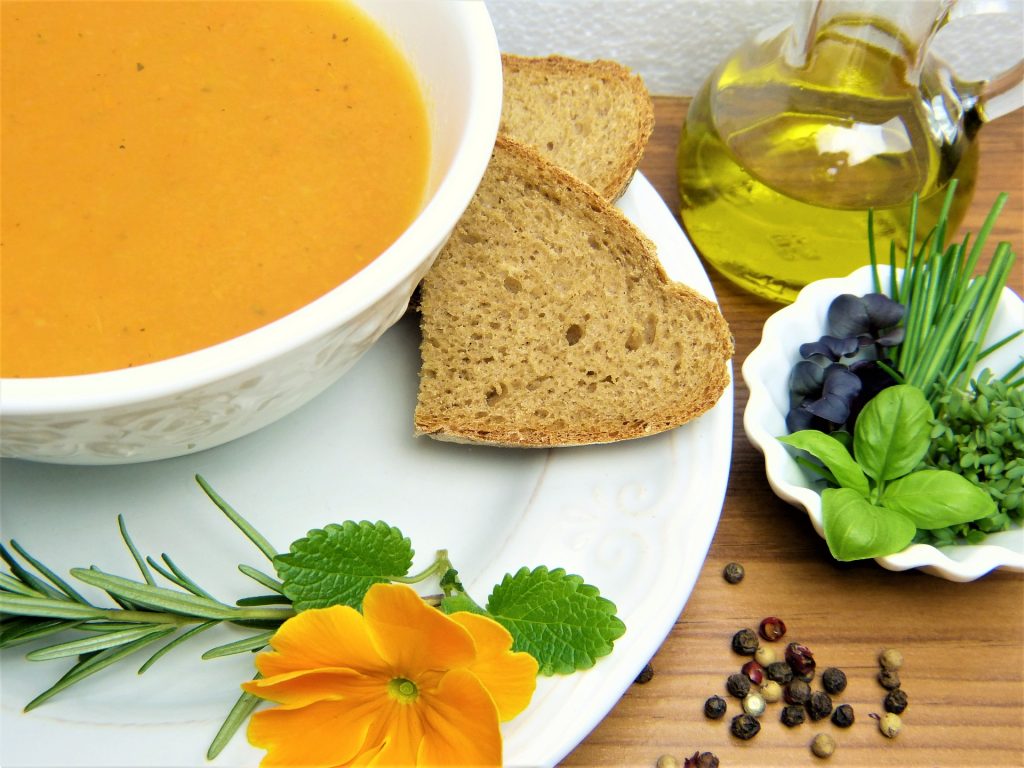
When I decided to go gluten-free, a good 2 years ago now, I recall being concerned about missing out on some of my favourite foods. Goodbye pasta, crusty loaves were to be a thing of the past and I definitely wasn’t prepared to talk about pastries.
Perhaps you resonate with some of my initial worries? Like with any change in lifestyle and habit, a change in diet can be a cause for concern. Not surprising, when you throw into the mix the possibility of said diet positively influencing your health and wellbeing, you might even experience a societal added sense of pressure to succeed.
But before we launch into a tangent, leaving ourselves positively un-motivated, through much personal trial and countless errors, I have compiled a simple go-to guide to tackling your first few challenges as a free-from individual.
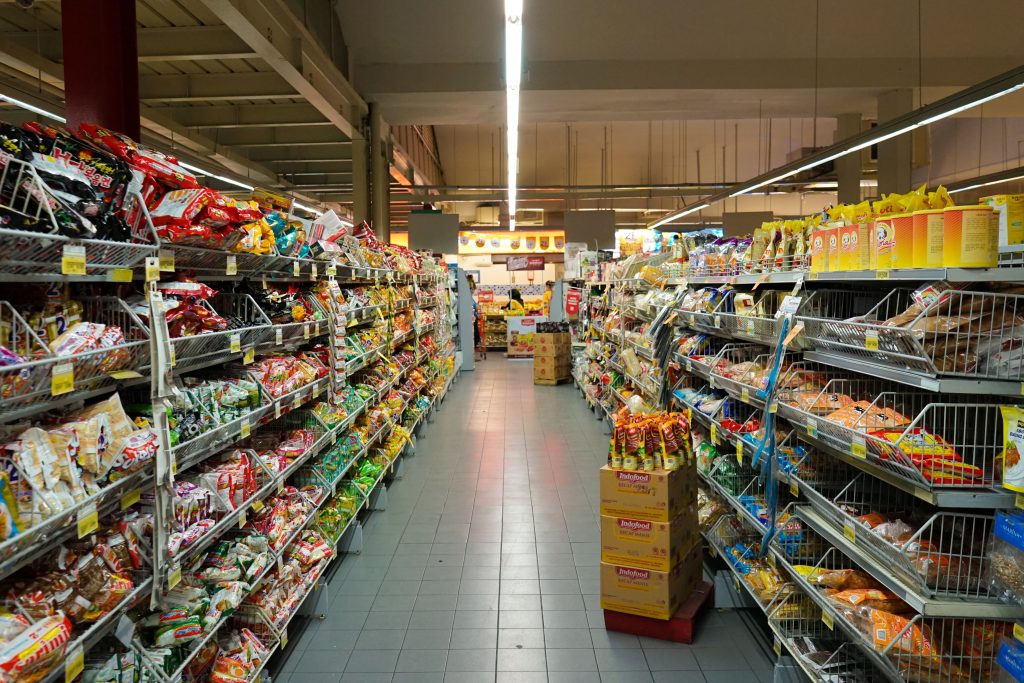
The science
You may be wondering why you experience certain symptoms when you consume specific gluten-containing foods such as whole wheat pasta. Those with a formal diagnosis of coeliac disease experience an inflammatory reaction in their bodies as a result of consuming gluten. The result of this inflammation is a flattened digestive tract of the small intestine, causing a reduced absorption of nutrients from our food, as well as pelvic discomfort and undesirable symptoms such as gas and nausea.
If you have been diagnosed with (or you suspect yourself to have) a gluten intolerance, your symptoms may include nausea, bloating, a feeling of having a brain ‘fog’, extreme fatigue, constipation and digestive issues such as acid reflux and stomach cramping. While your body may not be allergic to gluten in the same way as someone with coeliac, it may be that you are not able to fully digest gluten from wheat. This leaves larger particles of agglomerated food travelling through your digestive tract, symptomatic of the bloating and digestive difficulty which is commonly experienced by many.

Simple swaps
When trying a gluten-free diet for the first time, I highly recommend that you begin your journey into the otherwise culinary unknown with some simple like-for-like swaps. For example, use brown rice pasta as opposed to wholewheat pasta, buy yourself some gluten-free granola (or make it yourself using a recipe online), switch your bread out for some free-from alternatives (a personal favourite of mine is the brand BFree) and snack happy on nuts, seeds and GF energy bars.
Whatever you enjoyed before you went gluten-free, there is undoubtedly an alternative on the supermarket shelf waiting for you to discover. Head to your nearest (and ever-expanding) free-from aisle to unearth a great range of products, but remember to read the labels carefully and look for the certified gluten-free symbol to ensure product suitability. I find that Sainsbury’s (in-store) and Ocado (online) have a fantastic selection of gluten-free items to choose from.
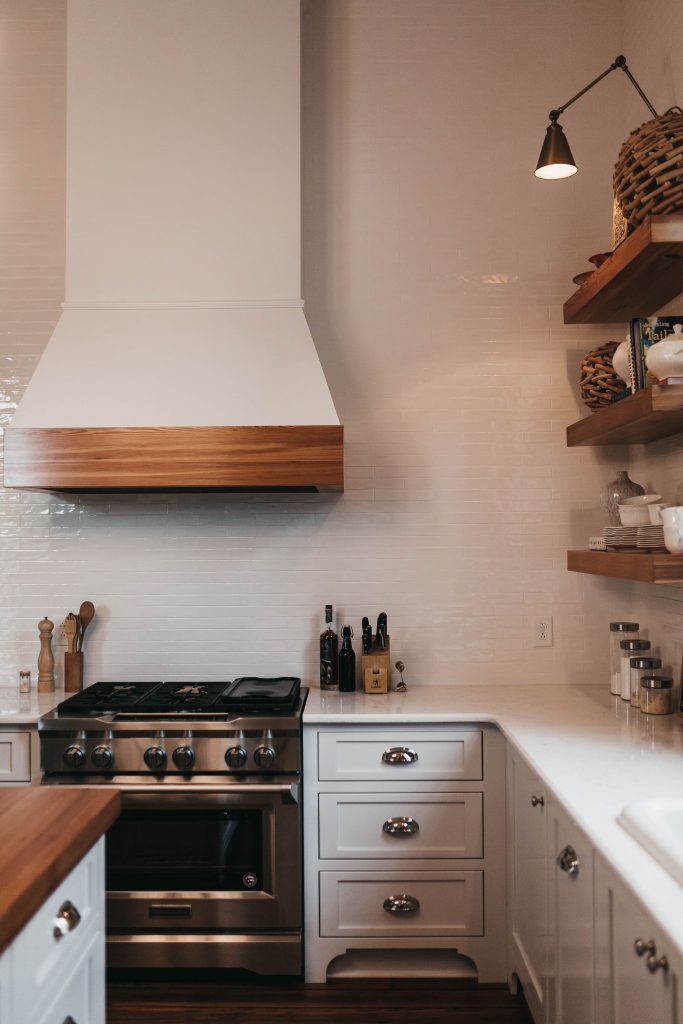
Food cupboard essentials
Prime your food cupboards for success with gluten-free grains including whole grain brown rice, millet, polenta, quinoa, buckwheat and amaranth. These can all be added into your favourite dishes such as stews, soups and hot pots, pre-cooked in advance and tossed into a salad, or served as a side dish for the main meal.
You never know when you might need to whip up a batch of cupcakes, so when it comes to baking, I would use a gluten-free baking flour blend from your supermarket and follow your specific gluten-free recipe for guidance. Gluten-free baking can take a while to get used to, so don’t be afraid of making a few initial errors, and you can expect some of your first creations to fall short of your expectations.
However, with a little practice and training, you’ll soon be able to master the art of free-from baking with ease, once you get to know the do’s and don’ts. For those of you with wheat allergies, finding a gluten-free flour on the supermarket shelf which is also free from wheat can be challenging. In this case, I would search for a blended recipe online which is suitable for your chosen baked creation.
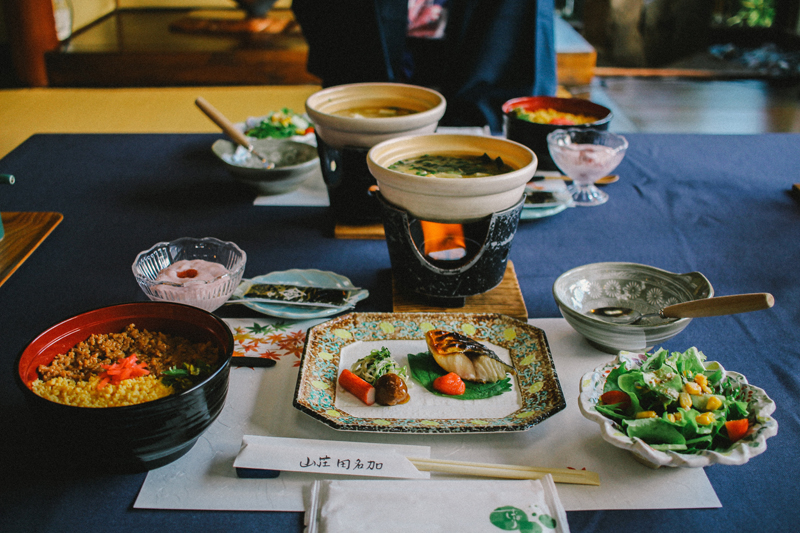
Daily meals
Planning out your meals for the week is something that I always recommend, regardless of your dietary preferences, lifestyle or allergies. Being prepared and knowing exactly what you want to make throughout the course of the week will aid your health, wealth and vitality in so many ways.
A simple staple breakfast could be a smoothie, packed full of seeds, milk, fruit and superfoods such as spinach and spirulina. You can make these smoothies a day or two in advance, before storing in the fridge for a grab-and-go breakfast option. Alternatively, purchase some gluten-free bagels or toasted bread for an epic breakfast snack.
Snacking is made easy when you choose healthier alternatives such as yoghurt and berries, gluten-free protein bars, a handful of mixed nuts, hummus and corn chips or rice cakes with nut butter smeared over them. For dinner, your meals are once again as simple as throwing a few basic ingredients into a pan and letting their flavours infuse. You can use any of your gluten-free grains here such as rice and millet instead of couscous, replace pasta with gluten-free lasagne sheets in a hearty lasagne, and substitute regular pitta breads for gluten-free alternatives for a Greek-themed feast. You’ll never feel like you’re missing out when you substitute like-for-like and find innovative recipes online (and in recipe collectives such as this). If you’d rather go Avant-Garde with your cooking, I can recommend using social media sites such as Pinterest and Instagram and searching for #GlutenFree.
Lunches are also very simple to prepare in advance. Take a Sunday afternoon to prepare yourself some gluten-free wraps with a selection of fillings, such as fajitas and burritos. Stuff your gluten-free wraps before wrapping them up tightly and storing in Tupperware. You could also make yourself a huge salad with rice, cheese, a source of protein and assorted roasted vegetables, or a hot-pot that will keep you satisfied through until dinner.

Eating out & social affairs
For most gluten-free newbies, there is a sense of dread when it comes to eating out for the first time. Will the waiter know about my allergies? What happens if my friends question me about my choices? How will I know if something is suitable for me or not? Luckily, because of the huge rise in gluten intolerances and food allergen awareness of late, you’ll find the vast majority of eateries in the UK are primed with a plethora of allergen information and guidelines to help make your dining experience flawless and care-free.
Many restaurants will now out and out ask you ‘do you have any allergies?’ before you decide to order anything, making the whole process pretty effortless. However, when you enter your chosen restaurant, you should ask your server for a gluten-free menu, or at the very least to highlight the free-from options available to you. If you are still unsure, you can always ask to see an allergen guide. Each eatery in the UK should be armed with a guide which informs the server and kitchen if there are any allergens present in each ingredient. A quick scan of this and you’ll be ready to order in no time.
When eating out on the go, a great option is to choose cafés and fast-food outlets with clear labelling such as Wasabi, Starbucks, Café Nero and Boots. The more you venture out into these eateries with your requirements on your mind, the better aware you’ll become of their options. Trust me, you’ll develop a bank of knowledge about gluten-free items at each café, which will come in very handy for future reference.
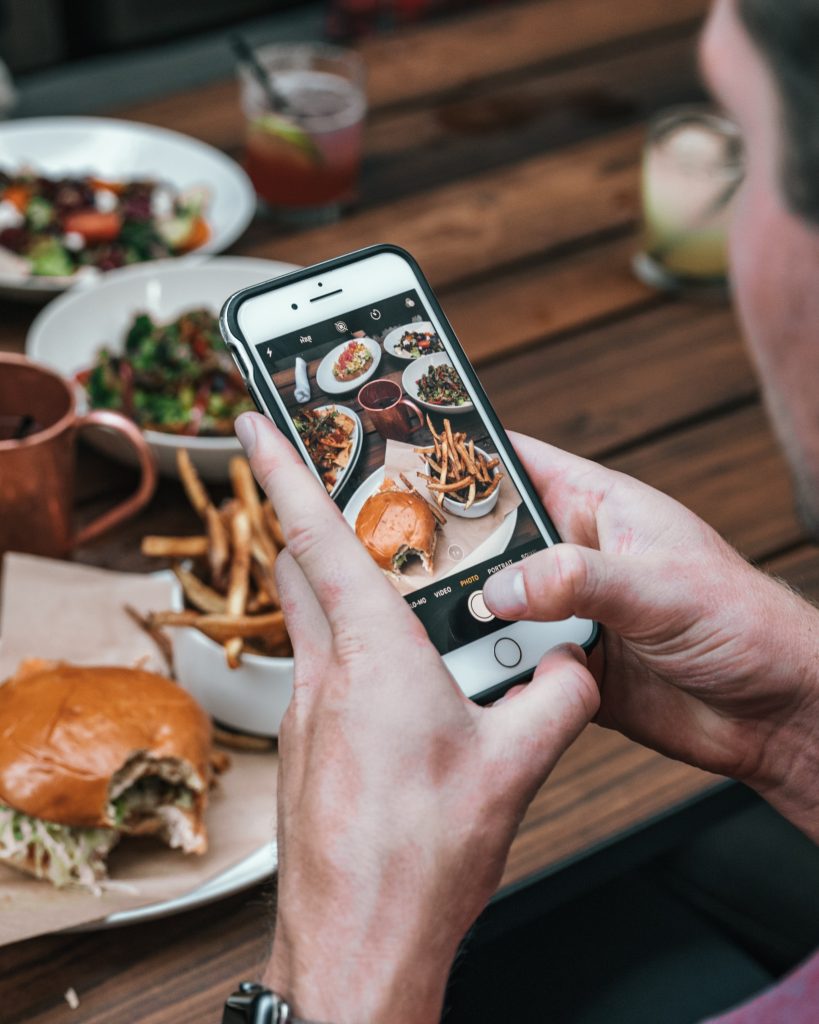
Join a gluten-free community
My final piece of advice for anyone who has recently become gluten-free is to join a community page. These pages of likeminded people will sympathise with you and will be able to offer a great variety of first-hand knowledge and expertise, as well as support and comfort in times of worry or help. I use Facebook to find community groups of gluten-free individuals, and I also use it to keep up to date with the latest free-from product releases.
Find out more about going gluten-free in our lifestyle section. For a simple checklist of the foods to watch out for when going gluten-free go here.
